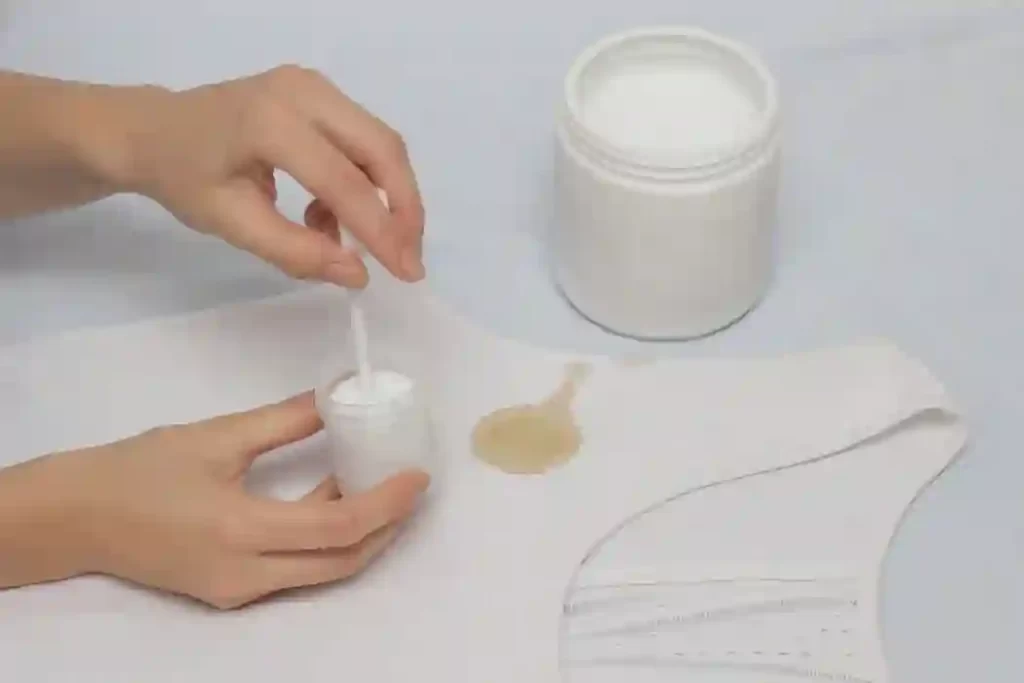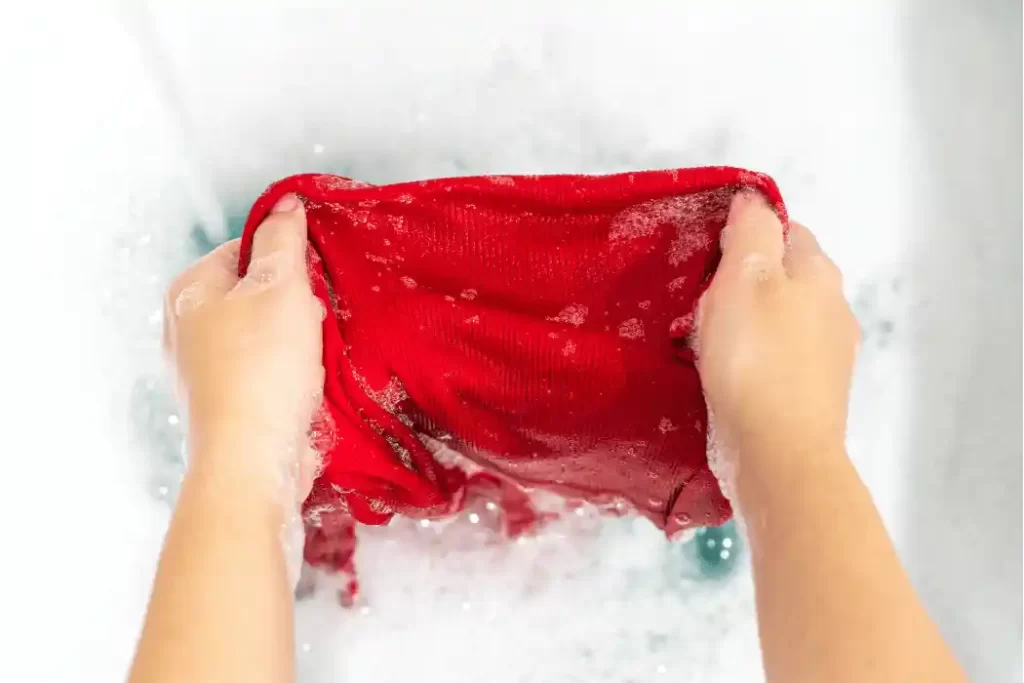Stain removal is a task that most of us have to deal with on a regular basis. Whether it’s a spill on our favorite shirt or a stain on a pair of pants, getting rid of stains can be a frustrating and time-consuming process. Fortunately, laundry services have made it easier than ever to get your clothes clean and looking great. In this article, we’ll explore the science of stain removal and take a closer look at how laundry services get your clothes clean.
Understanding Stains
Before we dive into the science of stain removal, it’s important to understand what stains are and how they form. A stain is simply a discoloration or mark on a surface, such as a piece of clothing, caused by the absorption of a substance. Stains can come from a variety of sources, including food, beverages, dirt, and even bodily fluids.
Stains can be classified into two main categories: water-based and oil-based. Water-based stains come from substances that dissolve in water, such as coffee, tea, and fruit juice. These types of stains are usually easier to remove than oil-based stains, as they can often be washed away with water and detergent.
Oil-based stains, on the other hand, come from substances that do not dissolve in water, such as grease, motor oil, and lipstick. These types of stains are much more difficult to remove, as they require a special type of solvent to break down the oil and remove the stain.
Our stain removal expertise is invaluable during home renovations, ensuring that even the toughest stains on your clothes are effectively eliminated.

The Science of Stain Removal
Stain removal is a complex process that involves several different factors, including the type of stain, the type of fabric, and the cleaning method used. Here’s a closer look at some of the science behind stain removal:
Surface Tension
Surface tension is the force that causes the surface of a liquid to contract and form a drop. This force can make it difficult for water and detergent to penetrate fabrics and reach the stain. To overcome surface tension and get the detergent to the stain, laundry services use a variety of techniques, including agitation, soaking, and high-pressure spraying.
pH Levels
pH levels can also play a role in stain removal. Different types of stains require different pH levels to be effectively removed. For example, protein-based stains, such as blood and sweat, require an alkaline pH level to break down the proteins and remove the stain. Acidic stains, such as wine and fruit juice, require an acidic pH level to neutralize the stain and prevent it from setting in.
Enzymes
Enzymes are biological molecules that can break down complex substances, such as proteins and fats. Laundry services often use enzyme-based detergents to help break down and remove stains. For example, protease enzymes can break down protein-based stains, while lipase enzymes can break down fat-based stains.
Heat
Heat can also play a role in stain removal. Higher temperatures can help to activate the detergent and enzymes, allowing them to more effectively break down and remove stains. However, high heat can also damage certain types of fabrics, so it’s important to use the appropriate temperature for the type of fabric being cleaned.
Chemical Solvents
For oil-based stains, laundry services often use chemical solvents to break down the oil and remove the stain. These solvents work by dissolving the oil and allowing it to be washed away with water and detergent. However, chemical solvents can be harsh and may damage certain types of fabrics, so it’s important to use them with caution.
How Laundry Services Get Your Clothes Clean
Now that we’ve explored some of the science behind stain removal, let’s take a closer look at how laundry services get your clothes clean:
Pre-Treatment
The first step in the stain removal process is pre-treatment. This involves identifying the type of stain and applying a pre-treatment solution to help break it down before washing. The pre-treatment solution is usually applied directly to the stain and left to soak in for a period of time to allow it to penetrate the fabric and break down the stain.
Washing
After pre-treatment, the clothes are ready to be washed. Laundry services use a variety of washing techniques, including traditional washing machines, high-pressure washing, and even ultrasonic washing. The type of washing technique used depends on the type of fabric being cleaned and the level of soiling on the clothes.
During the washing process, detergent and water are used to remove dirt and stains from the fabric. Laundry services may also use enzyme-based detergents to help break down and remove stains. The temperature of the water used in the washing process also plays a role in stain removal, with higher temperatures often being used for heavily soiled clothes or for clothes with oil-based stains.
Rinsing
After washing, the clothes are rinsed to remove any remaining detergent or dirt. Rinsing is an important step in the cleaning process, as it helps to ensure that all traces of detergent and dirt are removed from the fabric. Failure to rinse clothes thoroughly can result in detergent residue being left on the fabric, which can lead to skin irritation and other problems.
Drying
Once the clothes have been washed and rinsed, they are ready to be dried. Laundry services use a variety of drying techniques, including traditional tumble dryers and air drying. The type of drying technique used depends on the type of fabric being dried and the level of moisture in the clothes.
During the drying process, heat is used to evaporate the moisture from the fabric. However, high heat can damage certain types of fabrics, so it’s important to use the appropriate temperature for the type of fabric being dried. Some laundry services also use special techniques, such as air drying or low-heat drying, to help protect delicate fabrics and prevent damage.
Finishing
After drying, the clothes are ready to be finished. This involves a variety of techniques, including ironing, steaming, and folding. Finishing helps to ensure that the clothes look their best and are ready to wear.
Conclusion
Stain removal is a complex process that involves several different factors, including the type of stain, the type of fabric, and the cleaning method used. Laundry services have developed a variety of techniques and technologies to help make the stain removal process easier and more effective. By understanding the science of stain removal, you can better appreciate the work that goes into getting your clothes clean and looking great. Whether you’re dealing with a stubborn stain at home or relying on a laundry service, knowing the science behind stain removal can help you get the best possible results.

